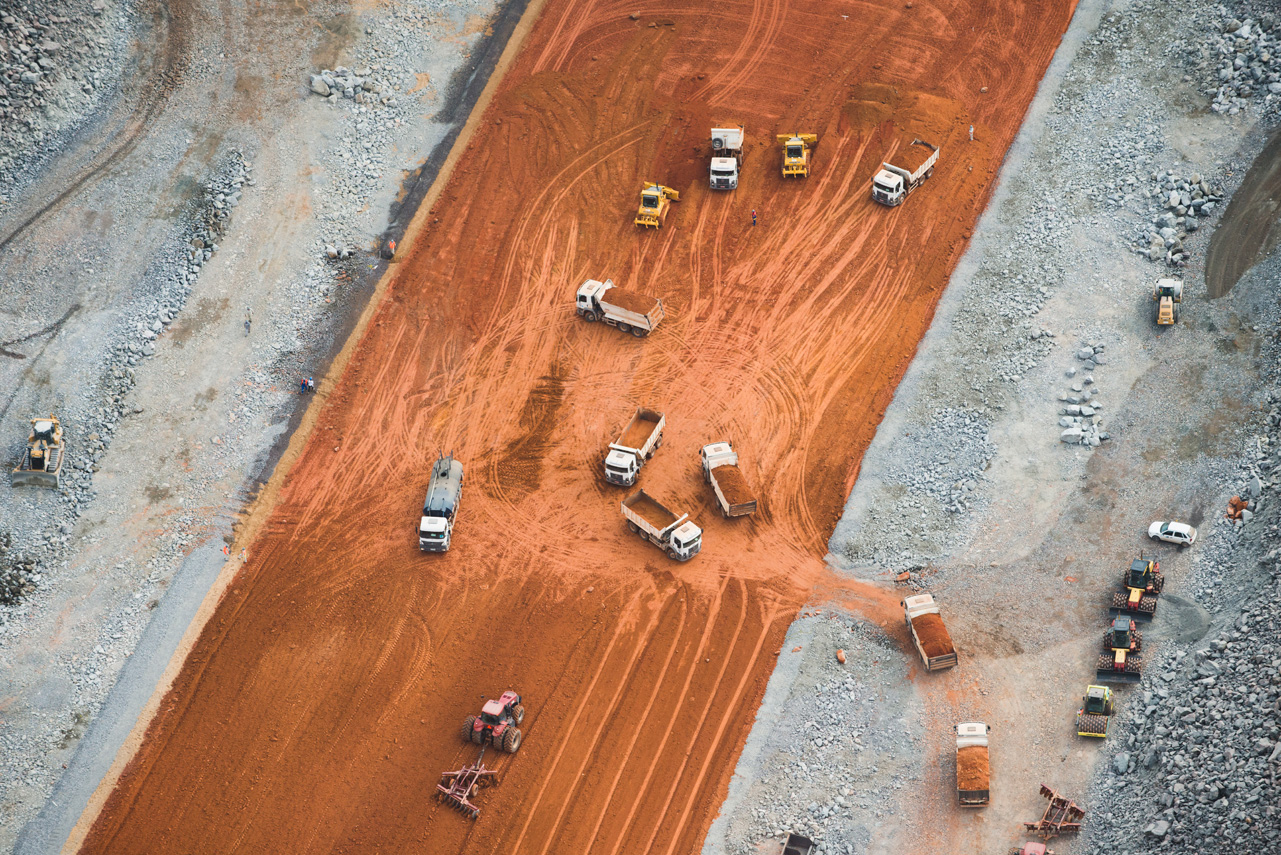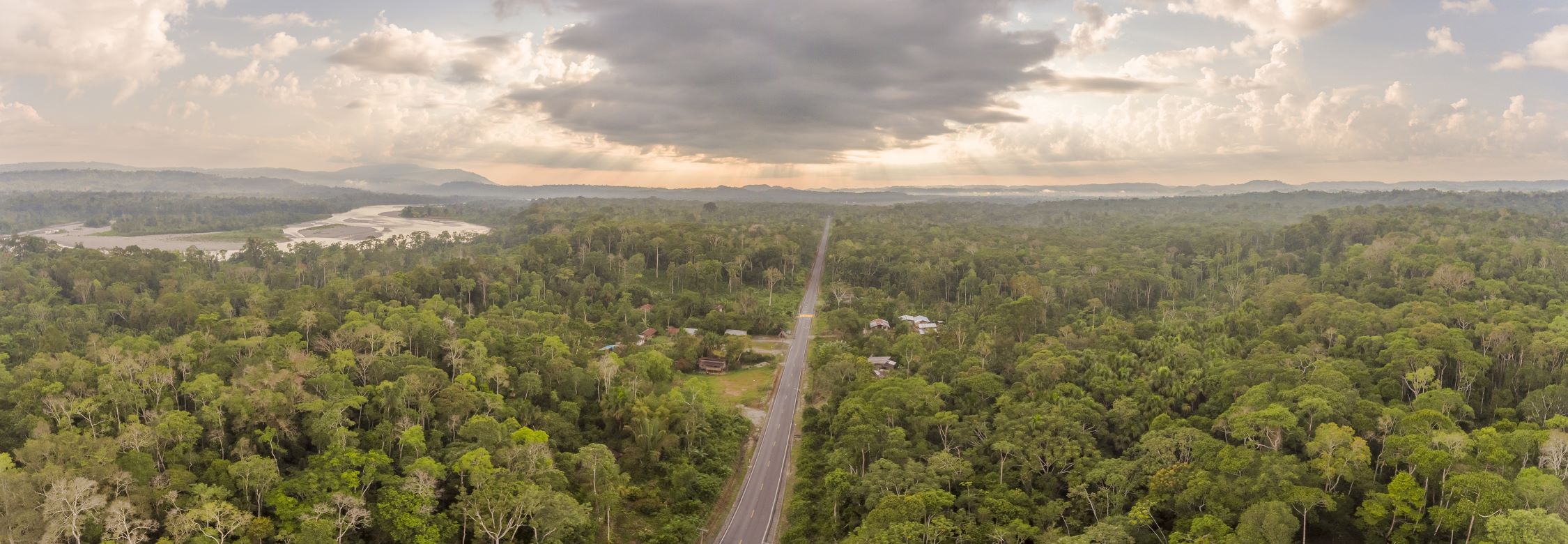Infrastructure in the Pan Amazon – Finance: What is new and what is not
Sep 26, 2023
- Mongabay has begun publishing a new edition of the book, “A Perfect Storm in the Amazon,” in short installments and in three languages: Spanish, English and Portuguese.
- Author Timothy J. Killeen is an academic and expert who, since the 1980s, has studied the rainforests of Brazil and Bolivia, where he lived for more than 35 years.
- Chronicling the efforts of nine Amazonian countries to curb deforestation, this edition provides an overview of the topics most relevant to the conservation of the region’s biodiversity, ecosystem services and Indigenous cultures, as well as a description of the conventional and sustainable development models that are vying for space within the regional economy.
- Click the “A Perfect Storm in the Amazon” link atop this page to see chapters 1-13 as they are published during 2023.
In spite of the ongoing build-out of infrastructure in Latin America, investment remains well below what most economists think the region needs to spur economic growth and reduce poverty. This includes assets not only within the Pan Amazon, but more importantly, in regions with larger populations and greater economic activity. A brief visit to any major city in these eight countries will reveal the inadequate infrastructure that plagues the region; not surprisingly, the situation is worse in the countryside.
A well-established tenet of macro-economic theory maintains that poor infrastructure constrains growth because it imposes inefficiencies on domestic production. Investment in infrastructure stimulates growth by creating a short-term demand for labour, machinery and basic materials; more importantly, it increases productivity over the long-term. The absence of basic infrastructure imposes opportunity costs due to lost economic growth that compound over time; in contrast, investment in well-designed projects pays dividends in greater economic growth that likewise compounds over time.
It is easy to understand why the region’s leaders are focused on making investments in basic infrastructure; it is less easy to understand why there has not been more sustained investment over the past half century.

The infrastructure deficit in Latin America is due to a shortage of investment capital that is a historical legacy of failed economic models, erratic fiscal management, rampant corruption and endemic political instability. The shortage of investment capital exists in both the public and private sector. National economies are characterized by a large informal sector and a culture of tax evasion that obligates governments to operate within budgets that preclude large-scale investment in new infrastructure.
Periodic experiments with populist economic philosophies have stunted the development of domestic bond markets, an important source in advanced economies of long-term finance for both national and local governments. Economic mismanagement has created a deeply ingrained fear of inflation, which motivates central banks to pursue monetary policies based on high interest rates. Political risk inhibits the participation of overseas private investors, who are wary of sovereign debt defaults, which also contributes to the persistence of high interest rates. The high cost of capital is the most important constraint on infrastructure investment in Latin America.
Governments have traditionally relied for investment capital to build basic infrastructure on multilateral financial institutions, such as the World Bank Group, the Interamerican Development Bank (IDB), the Development Bank for Latin America (CAF) and bilateral development agencies. The needs of Latin America greatly exceed the lending capacity of these multilateral institutions, however, so loans are usually leveraged with resources from private banks, domestic bond markets and national development funds.

An example of this type of combined operation was an investment by the International Finance Corporation (IFC) to support Brazil’s on-again-off-again programme to privatize its electric energy sector. In 2012, the IFC approved a loan to restructure the electrical distribution utility of Pará (CELPA); as part of that agreement, the bankrupt utility was sold to a holding company (Equatorial Energia S/A), which was acquiring similarly distressed utilities across Brazil. The IFC’s involvement represented a stamp of approval for the new holding company, which bolstered investor confidence for a public offering of Equatorial Energia shares in the Brazilian stock market.
The investment was subject to the standard environmental and social evaluation that accompanies all IFC investments and was ranked category A – the highest level of risk – an unsurprising qualification considering the loan coincided with the construction of the Belo Monte dam. Although CELPA was not a participant, it was an obvious candidate for distributing at least some of the electricity generated by the controversial hydropower project.
The loan was approved contingent upon the reform of CELPA’s internal procedures to comply with IFC’s Social and Environmental Performance Standards. In 2020, the company inaugurated the expansion of its transmission lines across the frontier landscapes of the Transamazon highway (BR-230) between the Xingu substation near the Belo Monte dam and one near Rondonópolis (Pará) that supplies energy to both Miritituba and Santarem. The IIRSA initiative relies heavily on this investment strategy, particularly in Colombia, Peru and Brazil, where the state grants concessions to private companies to build and operate infrastructure assets.
“A Perfect Storm in the Amazon” is a book by Timothy Killeen and contains the author’s viewpoints and analysis. The second edition was published by The White Horse in 2021, under the terms of a Creative Commons license (CC BY 4.0 license).
Read the other excerpted portions of chapter 2 here:
Chapter 2. Infrastructure defines the future
- Infrastructure defines the future July 19, 2023
- Roads are primary vectors of deforestation in the Pan Amazon July 20, 2023
- The Human-Modified Landscapes (HML) and the Brazilian highway network July 26, 2023
- The Andean republics of the Pan Amazon July 26, 2023
- Infrastructure in the Andean Amazon: The Carretera Marginal de la Selva August 1, 2023
- Infrastructure in the Pan Amazon: The Guiana Shield and the Coastal Plain August 3, 2023
- Hydropower in the Pan Amazon: A shift toward reduced impact facilities, but the controversy continues August 9, 2023
- Hydropower in the Pan Amazon: The Guri complex and the Caroni Cascade August 11, 2023
- Hydropower in the Pan Amazon: Tucuruí and the Tocantins Cascade August 16, 2023
- Hydropower in the Pan Amazon: The Madeira Hydropower Complex August 17, 2023
- Hydropower in the Pan Amazon: Belo Monte and the Río Xingu August 24, 2023
- Hydropower in the Pan Amazon: The Tapajós Basin and the prevalence of Indigenous rights August 25, 2023
- Hydropower in the Pan Amazon: Río Trombetas and Calha Norte August 29, 2023
- Hydropower in the Pan Amazon: Bolivia seeks an energy export model August 30, 2023
- Hydropower in the Pan Amazon: A look at the private energy sector in Peru September 5, 2023
- Hydropower in the Pan Amazon: An overview of the private energy sector in Ecuador and China’s role September 6, 2023
- The future of hydropower in the Pan Amazon September 12, 2023
- In the Amazon, global competition drives bulk transport systems September 13, 2023
- Infrastructure in the Pan Amazon: Waterway options September 20, 2023
- Infrastructure in the Pan Amazon: Railroad development September 21, 2023
